Biochar Guide for Soil Application
Biochar is a solid carbon-rich material formed by pyrolysis of biomass-based feedstocks at high temperatures in an anaerobic environment. It has received much attention as a soil additive due to its potential benefits, including improved soil structure, increased soil fertility, and carbon sequestration. However, the application of biochar requires careful consideration to maximise its benefits. In this article, we will share with you the key considerations for biochar use as the soil additive.
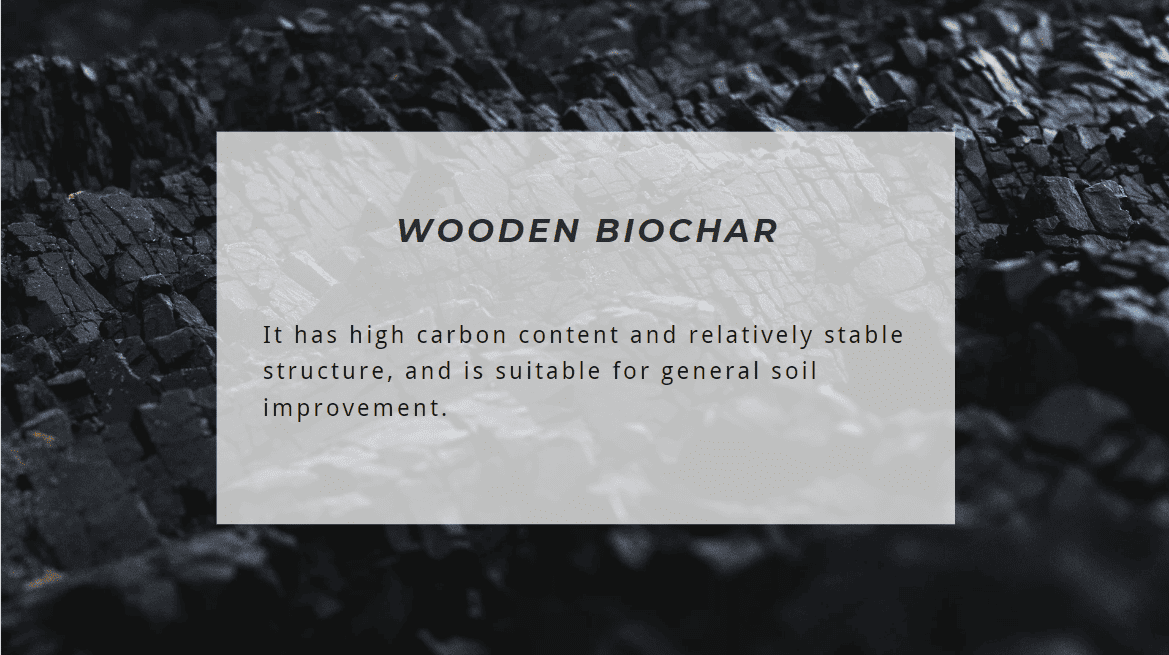
Compared to wood biochar, rice husk biochar and straw biochar have higher silica content and slightly lower carbon stability. They are therefore suitable for acidic soils, neutralising soil acidity and improving drainage. Silicon dioxide also strengthens plant cell walls and enhances crop resilience.
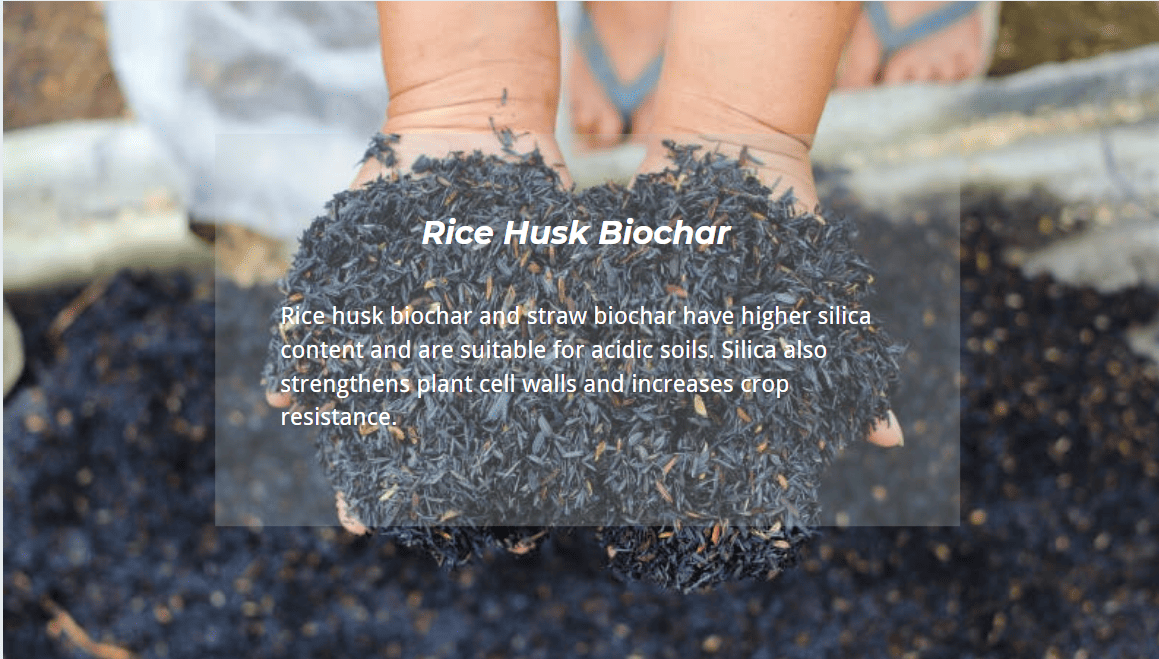
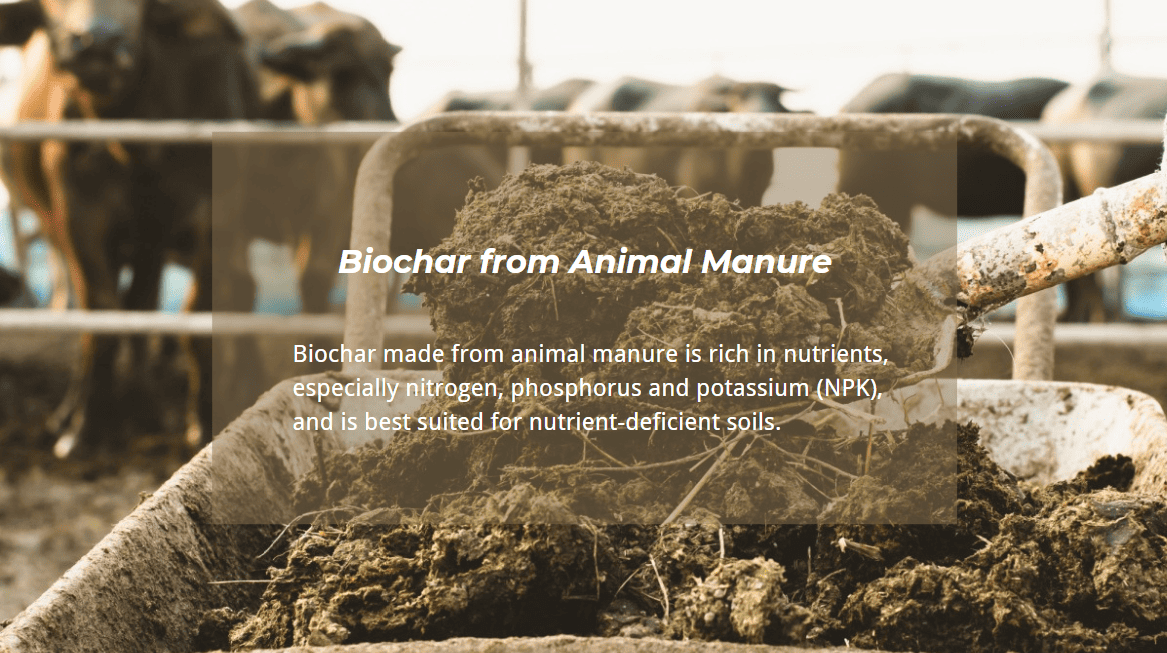
Wind erosion
Wet the biochar before use. The water will increase the weight of the biochar and thus reduce the risk of it being blown away by the wind. However, you will need to consider the increased transport costs associated with this increase in weight. Although the biochar is normally cooled immediately after it leaves the pyrolysis carbonisation plant, you can add more water to reduce dust before use on site. Of course you can also use the biochar on a sunny (windless) day or after a light rain. Alternatively, you can enhance the adhesion of biochar by mixing it with other fertilisers and stirring thoroughly.
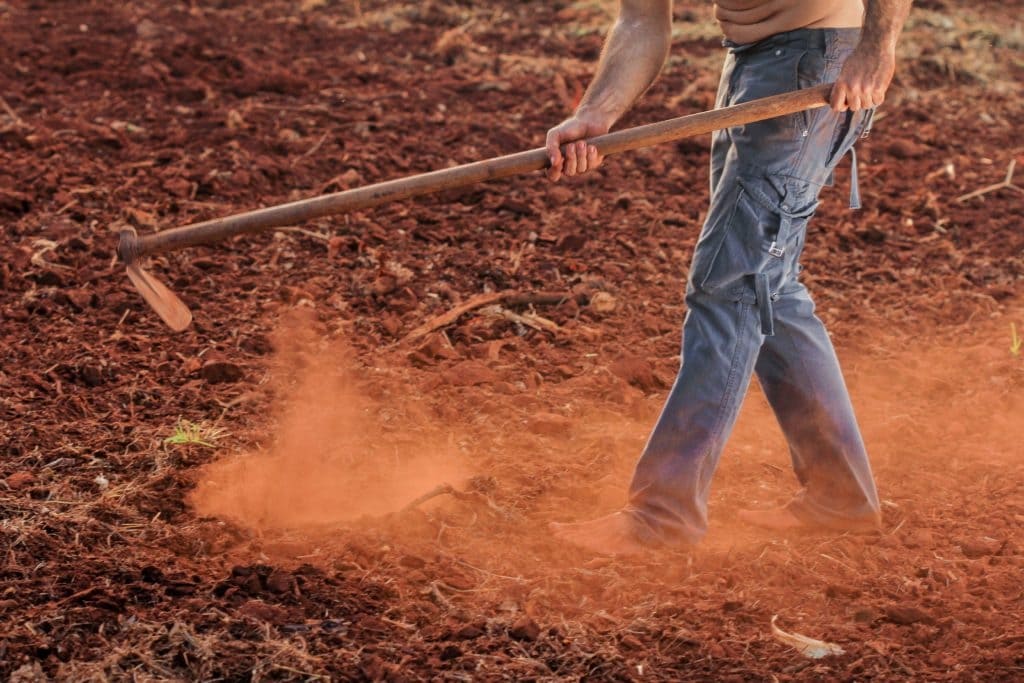
In addition to loss from blowing during/after application, biochar may be lost through water erosion. In sloping areas or areas with high precipitation, biochar may be washed away. To prevent this, when using biochar you should incorporate it evenly into the soil (e.g. by tilling and mulching) rather than simply surface applying it.
Different regions may have different regulations regarding the use of biochar in organic agriculture. According to the USDA's National Organic Program (NOP), biochar is considered a ‘non-synthetic permitted’ material as long as it is made from plant growth and not animal manure, as the use of ash from manure is prohibited. According to the USDA's NOP, biochar applied to the soil must come from untreated, non-GMO, non-toxic biomass sources; the use of any additives, such as synthetic chemicals, is strictly prohibited; and farmers using biochar must document the source and production process in order to maintain organic certification. Additionally, the USDA-NRCS guidelines recommend a soil amendment assessment after biochar application to ensure it meets conservation goals.
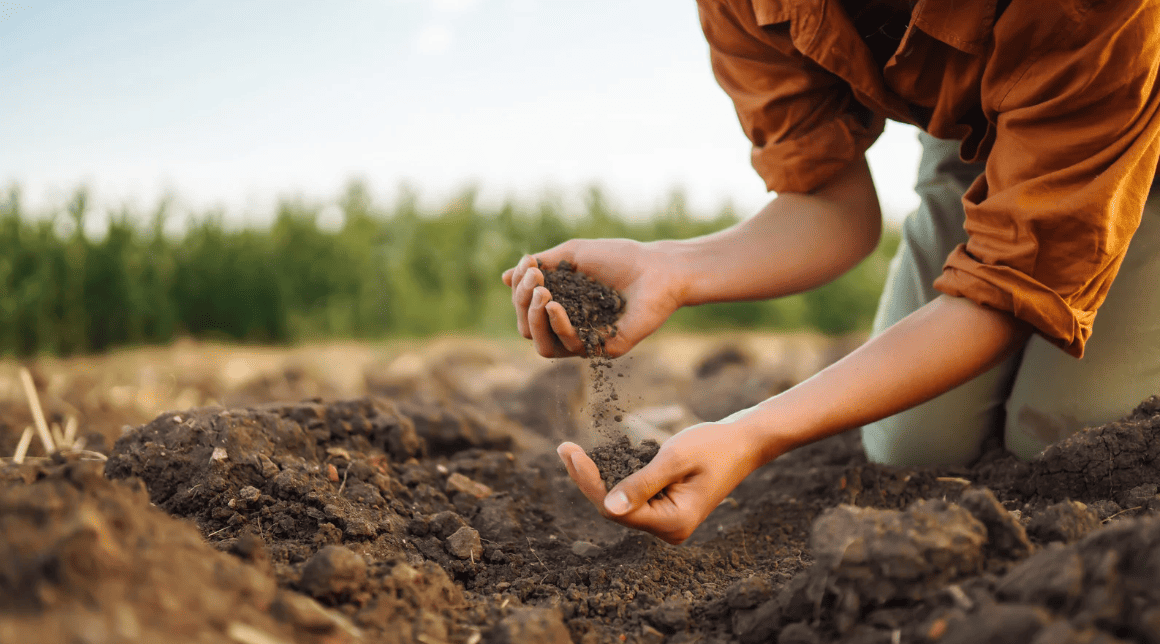
Similarly, in Germany, biochar is regulated by the EU Fertiliser Regulation. Biochar must meet strict criteria for heavy metal content and contaminant levels. Farmers intending to use biochar in organic agriculture must ensure that it comes from a certified organic biomass source and is free of synthetic chemicals. Biochar usually needs to be tested and certified before it is added to the soil.
In addition to improving soil structure and increasing soil fertility, biochar can play an important role in carbon sequestration and environmental protection. We believe that in the near future, biochar will become an integral part of our agricultural production, bringing a healthier, more fertile and sustainable future to our land. HaiQi is looking forward to deciphering more about the charms of biochar with you and exploring the infinite possibilities of biochar together!
Choosing the Right Biochar for Different Soil Applications
Wooden Biochar
With its high carbon content and relatively stable structure, woody biochar is well suited for general soil amendments. For example, you can use biochar when it comes to long-term soil improvement in orchards, vineyards, and perennial cropping systems. Alternatively, wooden biochar can be used in sandy soils that need improved water retention and nutrient retention. However, you need to be aware that woody biochar may be low in nutrients. Therefore, you will need to supplement it with some organic fertiliser from time to time.
Rice Husk Biochar / Straw Biochar
Compared to wood biochar, rice husk biochar and straw biochar have higher silica content and slightly lower carbon stability. They are therefore suitable for acidic soils, neutralising soil acidity and improving drainage. Silicon dioxide also strengthens plant cell walls and enhances crop resilience.

Biochar from Animal Manure
Biochar made from animal manure is rich in nutrients, especially nitrogen, phosphorus and potassium (NPK), and is best suited to nutrient-deficient soils, where it can be used as an alternative to organic fertilisers in vegetable or cash crop systems. It is important to note that adding large amounts of animal manure biochar to the soil may increase the salt content of the soil, which may affect sensitive crops. you will need to consider the adding frequency of animal manure biochar .
Considerations when Applying Biochar
Wind erosion
The lightweight and porous nature of biochar makes it susceptible to wind erosion, especially in the case of biochar with small particle size. If significant amounts of fine biochar dust are lost during application and mixing of the biochar into the soil, this is obviously a loss. To mitigate this, we recommend that you do the following:
Wet the biochar before use. The water will increase the weight of the biochar and thus reduce the risk of it being blown away by the wind. However, you will need to consider the increased transport costs associated with this increase in weight. Although the biochar is normally cooled immediately after it leaves the pyrolysis carbonisation plant, you can add more water to reduce dust before use on site. Of course you can also use the biochar on a sunny (windless) day or after a light rain. Alternatively, you can enhance the adhesion of biochar by mixing it with other fertilisers and stirring thoroughly.

Water Erosion
In addition to loss from blowing during/after application, biochar may be lost through water erosion. In sloping areas or areas with high precipitation, biochar may be washed away. To prevent this, when using biochar you should incorporate it evenly into the soil (e.g. by tilling and mulching) rather than simply surface applying it.Compliance with Organic Farming Standards
Different regions may have different regulations regarding the use of biochar in organic agriculture. According to the USDA's National Organic Program (NOP), biochar is considered a ‘non-synthetic permitted’ material as long as it is made from plant growth and not animal manure, as the use of ash from manure is prohibited. According to the USDA's NOP, biochar applied to the soil must come from untreated, non-GMO, non-toxic biomass sources; the use of any additives, such as synthetic chemicals, is strictly prohibited; and farmers using biochar must document the source and production process in order to maintain organic certification. Additionally, the USDA-NRCS guidelines recommend a soil amendment assessment after biochar application to ensure it meets conservation goals.

Similarly, in Germany, biochar is regulated by the EU Fertiliser Regulation. Biochar must meet strict criteria for heavy metal content and contaminant levels. Farmers intending to use biochar in organic agriculture must ensure that it comes from a certified organic biomass source and is free of synthetic chemicals. Biochar usually needs to be tested and certified before it is added to the soil.
In addition to improving soil structure and increasing soil fertility, biochar can play an important role in carbon sequestration and environmental protection. We believe that in the near future, biochar will become an integral part of our agricultural production, bringing a healthier, more fertile and sustainable future to our land. HaiQi is looking forward to deciphering more about the charms of biochar with you and exploring the infinite possibilities of biochar together!



.jpg)
.jpg)
